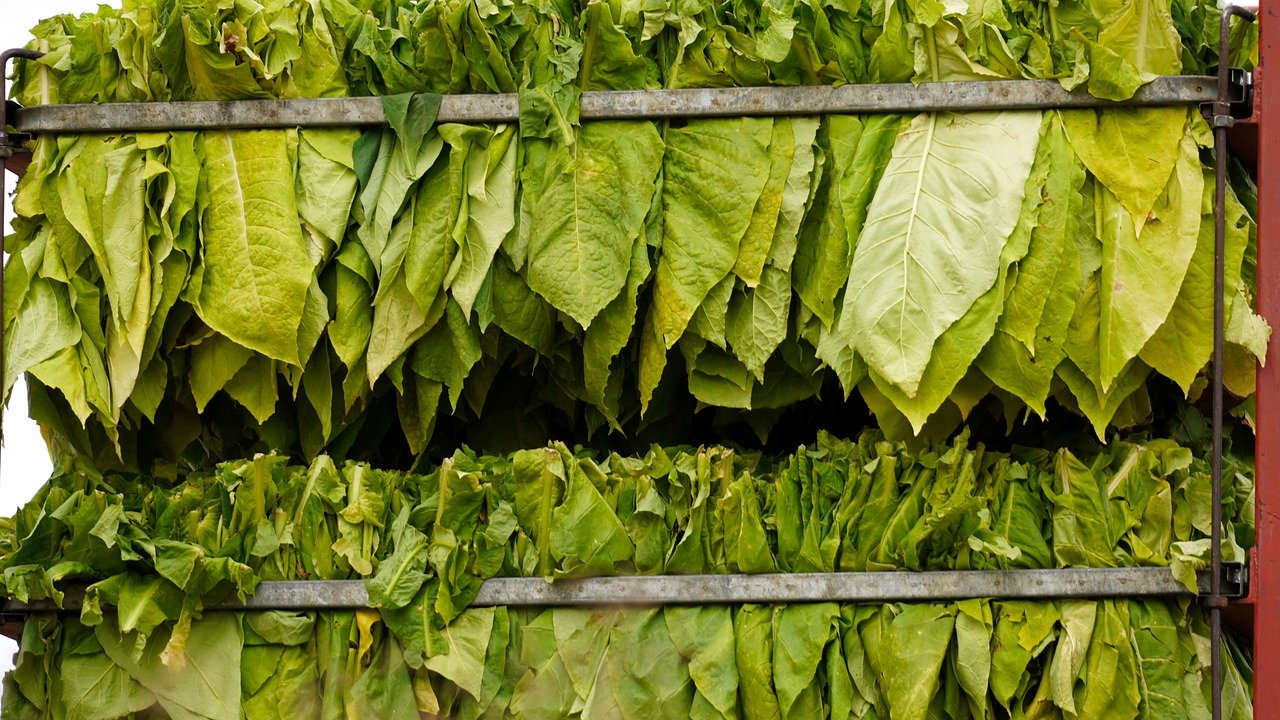

Articles
How To Store Tobacco Leaves
Modified: December 7, 2023
Learn the best practices for storing tobacco leaves in this informative articles. Keep your tobacco fresh and flavorful for longer periods of time.
(Many of the links in this article redirect to a specific reviewed product. Your purchase of these products through affiliate links helps to generate commission for Storables.com, at no extra cost. Learn more)
Introduction
Welcome to the world of tobacco, a plant that has been influential in human culture for centuries. Whether you are a tobacco enthusiast or a hobbyist looking to experiment with the flavor and aroma of tobacco leaves, understanding how to properly store them is essential. Proper storage ensures that the leaves maintain their freshness, quality, and unique characteristics.
In this article, we will guide you through the process of storing tobacco leaves. We will cover everything from choosing the right leaves, preparing them for storage, selecting the ideal storage container, maintaining the proper temperature and humidity levels, and monitoring and maintaining the quality of the leaves.
Before we dive into the details, it is important to note that the storage methods mentioned here are primarily intended for curing tobacco leaves, rather than commercial tobacco products. If you have freshly harvested or purchased tobacco leaves that need to be dried and cured, this article will be a valuable resource for you.
Now, let’s explore the world of tobacco storage together and unlock the secrets to preserving the freshness and quality of tobacco leaves!
Key Takeaways:
- Properly storing tobacco leaves is essential for preserving their freshness, flavor, and aroma. From choosing the right leaves to maintaining ideal temperature and humidity levels, attention to detail is key for a satisfying smoking experience.
- Avoid common mistakes such as inadequate air circulation and excessive moisture to ensure the quality and flavor of tobacco leaves. Patience, regular inspections, and proper storage practices are crucial for a successful aging process.
Read more: How To Store Tobacco
Choosing the Right Tobacco Leaves
When it comes to storing tobacco leaves, it is important to start with the right kind of leaves. The quality and characteristics of the leaves can greatly impact the flavor and aroma of the final product. Here are some factors to consider when choosing tobacco leaves for storage:
- Tobacco Variety: Different tobacco varieties have distinct flavors, strengths, and aromas. Choose the variety that aligns with your preferences. Common varieties include Virginia, Burley, and Oriental tobacco.
- Leaf Quality: Look for leaves that are in good condition, without any visible signs of damage or disease. The leaves should be pliable and have a vibrant color.
- Leaf Texture: Consider the texture of the leaves. Some tobacco leaves have a thicker texture, which can affect the drying and curing process. Choose leaves that are appropriate for your desired outcome.
- Leaf Size: The size of the leaves can impact the flavor intensity. Larger leaves tend to have a milder flavor, while smaller leaves can be more robust. Choose the size that suits your taste preferences.
- Leaf Ripeness: Harvest tobacco leaves at the right level of ripeness. Different tobacco varieties have different optimal ripeness stages, so be sure to do some research or consult with experts to determine the best time to harvest your preferred variety.
By considering these factors, you can ensure that you have high-quality tobacco leaves that are suitable for storage. Remember, the quality of the leaves plays a significant role in the final flavor and aroma of your tobacco, so choose wisely!
Preparing the Leaves for Storage
Once you have chosen the right tobacco leaves for storage, it’s time to prepare them for the curing process. Proper preparation ensures that the leaves dry evenly and develop their desired flavors. Here are some important steps to follow:
- Remove Stems: Start by removing the stems from the tobacco leaves. Stems can add unwanted flavors and can also affect the overall drying process. Gently strip the leaves from the stems, making sure to discard the stems properly.
- Sort and Grade: After removing the stems, sort the tobacco leaves based on their size, color, and texture. This will help you create uniform batches for the curing process.
- Air Drying: Before placing the leaves in the storage container, allow them to air dry for a short period. This helps remove excess moisture and allows the leaves to develop their flavors more effectively.
- Fermentation (optional): Depending on your desired flavor profile, you may choose to ferment the tobacco leaves. Fermentation involves stacking the leaves in containers and allowing them to undergo a controlled fermentation process. This step can add depth and complexity to the flavor of the tobacco.
- Bundle and Label: After the leaves have been properly dried or fermented, bundle them together and label them with the variety, date, and any other relevant information. This will help you keep track of the different batches and their aging process.
Properly preparing the tobacco leaves before storage sets the foundation for a successful curing process. Take your time to ensure that the leaves are free from stems, sorted appropriately, and have undergone any desired fermentation. With these steps completed, you are now ready to move on to selecting the ideal storage container.
Selecting the Ideal Storage Container
The choice of storage container plays a crucial role in maintaining the quality and freshness of tobacco leaves. The container should provide a suitable environment that protects the leaves from external factors such as light, air, and moisture. Here are some factors to consider when selecting the ideal storage container:
- Airtightness: Choose a container that is airtight or has a tight sealing mechanism. This prevents air from entering the container and affecting the tobacco leaves’ moisture content and flavor.
- Material: Opt for containers made of food-grade materials such as glass, ceramic, or high-density polyethylene (HDPE). These materials do not react with the tobacco and are less likely to impart any unwanted flavors.
- Size: Select a container that accommodates the quantity of tobacco leaves you want to store. It should provide enough space for the leaves to breathe without being tightly packed.
- Light Protection: Tobacco leaves should be stored in a dark or opaque container that blocks out light. Exposure to light can degrade the quality and flavor of the leaves over time.
- Accessibility: Consider how easily you can access the leaves when needed. A container with a wide opening or a removable lid can make it convenient to inspect, handle, or remove the stored leaves.
- Labeling and Organization: It is helpful to choose containers that allow for labeling and organization. This ensures that you can easily identify and differentiate between different batches of tobacco leaves.
Remember, the storage container is responsible for creating an ideal microclimate for the tobacco leaves. It should provide a controlled environment that protects the leaves from external factors while allowing them to age and develop their unique characteristics. Now that you have chosen the right container, let’s move on to discussing the optimal temperature and humidity levels for storing the tobacco leaves.
Proper Temperature and Humidity Levels
Maintaining the right temperature and humidity levels is essential for preserving the quality and flavor of tobacco leaves during storage. Improper conditions can result in mold growth, drying out, or excessive moisture, which can ruin the leaves. Here’s what you need to know about temperature and humidity:
Temperature: The ideal temperature for storing tobacco leaves is between 60°F (15°C) and 70°F (21°C). Extreme temperature fluctuations should be avoided, as they can disrupt the aging process and affect the flavor development of the leaves. Additionally, high temperatures can cause the tobacco to dry out too quickly, while low temperatures can slow down the aging process.
Humidity: Tobacco leaves require a relative humidity (RH) level between 60% and 70% to prevent dryness or excessive moisture. Too much humidity can promote mold growth, while too little humidity can cause the leaves to dry out and lose their desired characteristics. To maintain the proper humidity level, consider using a humidity regulator, such as a humidifier or dehumidifier, depending on your climate and storage conditions.
It is important to note that maintaining a constant temperature and humidity level is key. Fluctuations in these conditions can negatively impact the quality of the tobacco leaves. Consider investing in a hygrometer and thermometer to monitor the temperature and humidity levels inside the storage container regularly.
Now that you have an understanding of the temperature and humidity requirements, let’s move on to discussing how to monitor and maintain the quality of the tobacco leaves during storage.
Store tobacco leaves in a cool, dry place with good air circulation to prevent mold. Keep them in airtight containers to maintain freshness and flavor. Avoid exposure to direct sunlight to prevent degradation of the leaves.
Read more: How To Store Pipe Tobacco
Monitoring and Maintaining Quality
Properly monitoring and maintaining the quality of tobacco leaves during storage is crucial for ensuring a successful aging process. Here are some steps you can take to monitor and maintain the quality of your tobacco leaves:
- Regular Inspections: Periodically inspect the tobacco leaves for any signs of mold, pests, or damage. Remove any affected leaves immediately to prevent the spread of mold or pests to the rest of the batch.
- Temperature and Humidity Checks: Continuously monitor the temperature and humidity levels inside the storage container using a hygrometer and thermometer. Make adjustments as needed to maintain the desired conditions.
- Rotation and Reorganization: Every few weeks, carefully rotate and reorganize the tobacco leaves in the container. This helps evenly distribute any moisture and allows for consistent aging.
- Air Circulation: Ensure that there is sufficient air circulation within the storage container. You can achieve this by leaving small gaps between the bundles of tobacco leaves or using a breathable fabric to cover the container.
- Storage Period: Depending on your desired flavor profile, tobacco leaves may need to be stored for months or even years. Keep track of the storage period and regularly assess the leaves’ progress to determine when they have reached your desired stage of aging.
- Sampling: To check the progress of the aging process, sample small amounts of the tobacco leaves at different intervals. This will allow you to taste and assess the flavors, strengths, and aromas that are developing.
By consistently monitoring and maintaining the quality of the tobacco leaves, you can ensure a successful aging process that results in flavorful and well-aged tobacco. Remember, patience is key as the flavors and aromas will continue to develop over time. Now let’s explore the benefits of properly stored tobacco leaves.
Benefits of Properly Stored Tobacco Leaves
Properly storing tobacco leaves offers several benefits that contribute to the overall quality and enjoyment of the final tobacco product. Here are some key advantages of effectively storing tobacco leaves:
- Enhanced Flavor and Aroma: When tobacco leaves are stored properly, they undergo an aging process that helps develop complex and nuanced flavors and aromas. The controlled environment allows the leaves to mature, resulting in a more refined and enjoyable smoking experience.
- Consistent Moisture Content: Maintaining the proper temperature and humidity levels prevents the leaves from drying out or becoming too moist. Consistent moisture content ensures that the tobacco burns evenly and minimizes harshness or bitterness in the smoke.
- Reduced Harshness and Bitterness: Improperly stored tobacco leaves can develop harsh and bitter flavors. By storing the leaves correctly, you can minimize these undesirable characteristics, resulting in a smoother and more pleasant smoking experience.
- Preservation of Natural Oils and Sugars: Proper storage allows the tobacco leaves to retain their natural oils and sugars. These compounds contribute to the rich flavors and aromas of the tobacco, enhancing the overall smoking experience.
- Extended Shelf Life: When tobacco leaves are stored properly, their shelf life can be significantly extended. This allows you to enjoy the tobacco over an extended period, ensuring that you always have a fresh and high-quality supply on hand.
- Ability to Age and Experiment: Properly stored tobacco leaves give you the opportunity to experiment with aging, blending, and flavor development. You can curate your own unique blends that suit your taste preferences, resulting in a truly personalized tobacco experience.
By understanding the benefits of properly stored tobacco leaves, you can appreciate the importance of investing time and effort into the storage process. The careful preservation of flavor, aroma, and overall quality ensures that you can enjoy the full potential of your tobacco leaves. Now, let’s discuss some common mistakes to avoid when it comes to tobacco leaf storage.
Common Mistakes to Avoid
Properly storing tobacco leaves requires attention to detail and adherence to best practices. Avoiding common mistakes will help you preserve the quality and flavor of the tobacco. Here are some common mistakes to avoid when it comes to tobacco leaf storage:
- Inadequate Air Circulation: Insufficient air circulation within the storage container can lead to the growth of mold and mildew. Make sure to provide a breathable environment for the leaves by leaving small gaps between bundles or using breathable materials.
- Excessive Moisture: Too much moisture can cause the tobacco leaves to become soggy and promote the growth of mold. Avoid storing the leaves in overly humid conditions and utilize humidity regulators to maintain optimal levels.
- Inconsistent Temperature: Fluctuations in temperature can disrupt the aging process and negatively impact the flavor of the tobacco leaves. Maintain a consistent temperature within the recommended range to ensure proper aging.
- Direct Exposure to Light: Exposure to light can degrade the quality and flavor of tobacco leaves. Store them in a dark or opaque container to protect them from harmful light exposure.
- Improper Packaging: Using unsuitable containers or packaging materials can impact the quality of the leaves. Avoid using containers that can transfer unwanted flavors or materials that do not provide proper protection from external factors.
- Ignoring Regular Inspections: Neglecting to regularly inspect the tobacco leaves for signs of mold, pests, or damage can lead to widespread contamination. Regular inspections allow for early detection and prompt action to safeguard the rest of the batch.
- Overhandling: Excessive handling of tobacco leaves can cause them to break or lose their integrity. Minimize unnecessary handling to prevent damage and maintain the quality of the leaves.
By avoiding these common mistakes and following best practices, you can ensure that your tobacco leaves are stored in optimal conditions, allowing them to mature and develop their desired flavors and aromas. Now, let’s conclude our discussion.
Conclusion
Properly storing tobacco leaves is a crucial step in the journey of creating high-quality tobacco products. By choosing the right tobacco leaves, preparing them carefully, selecting suitable storage containers, and maintaining the ideal temperature and humidity levels, you can preserve the freshness, flavor, and aroma of the leaves.
Through regular monitoring, inspections, and avoiding common mistakes, you can ensure that the tobacco leaves age gracefully and develop their unique characteristics. The benefits of properly stored tobacco leaves include enhanced flavor and aroma, consistent moisture content, reduced harshness and bitterness, preservation of natural oils and sugars, an extended shelf life, and the ability to age and experiment with blending.
Remember, storing tobacco leaves is a process that requires patience, attention to detail, and a commitment to maintaining optimal conditions. With the right knowledge and practices, you can enjoy the rewards of a well-aged tobacco that offers a truly satisfying smoking experience.
We hope this article has provided valuable insights and guidance on how to store tobacco leaves effectively. Whether you are a tobacco enthusiast or someone looking to embark on a new endeavor, we wish you success in your tobacco storage journey. Happy storing!
Frequently Asked Questions about How To Store Tobacco Leaves
Was this page helpful?
At Storables.com, we guarantee accurate and reliable information. Our content, validated by Expert Board Contributors, is crafted following stringent Editorial Policies. We're committed to providing you with well-researched, expert-backed insights for all your informational needs.
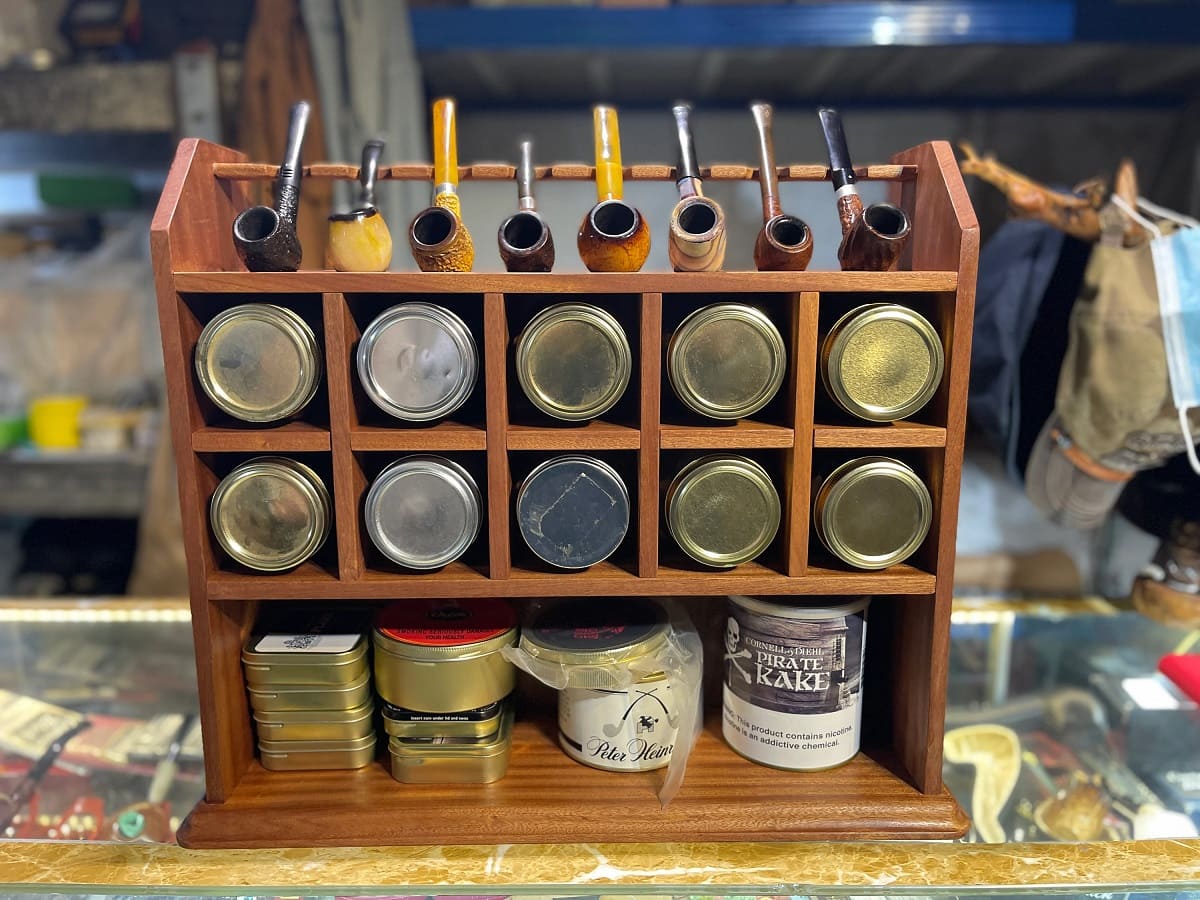
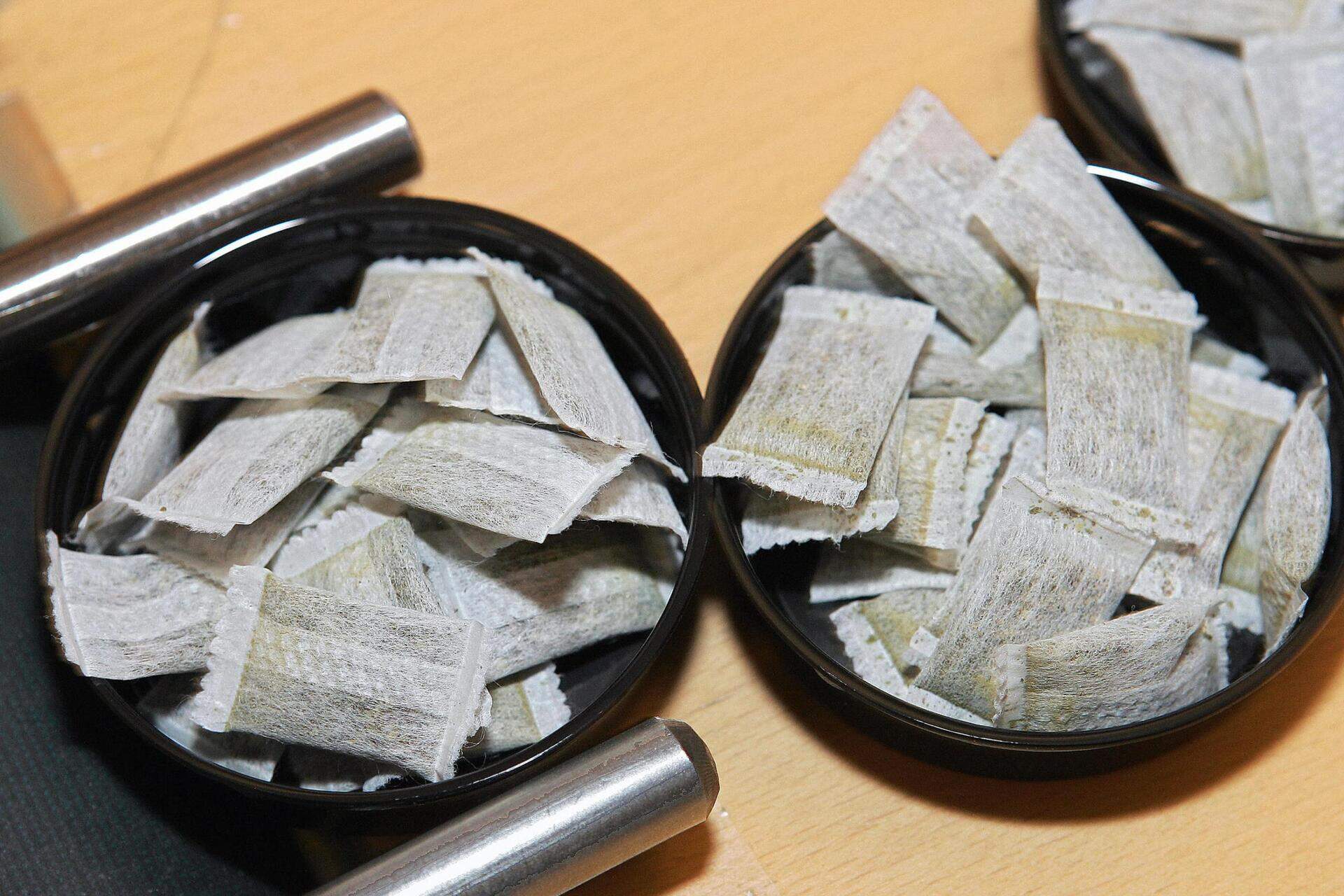
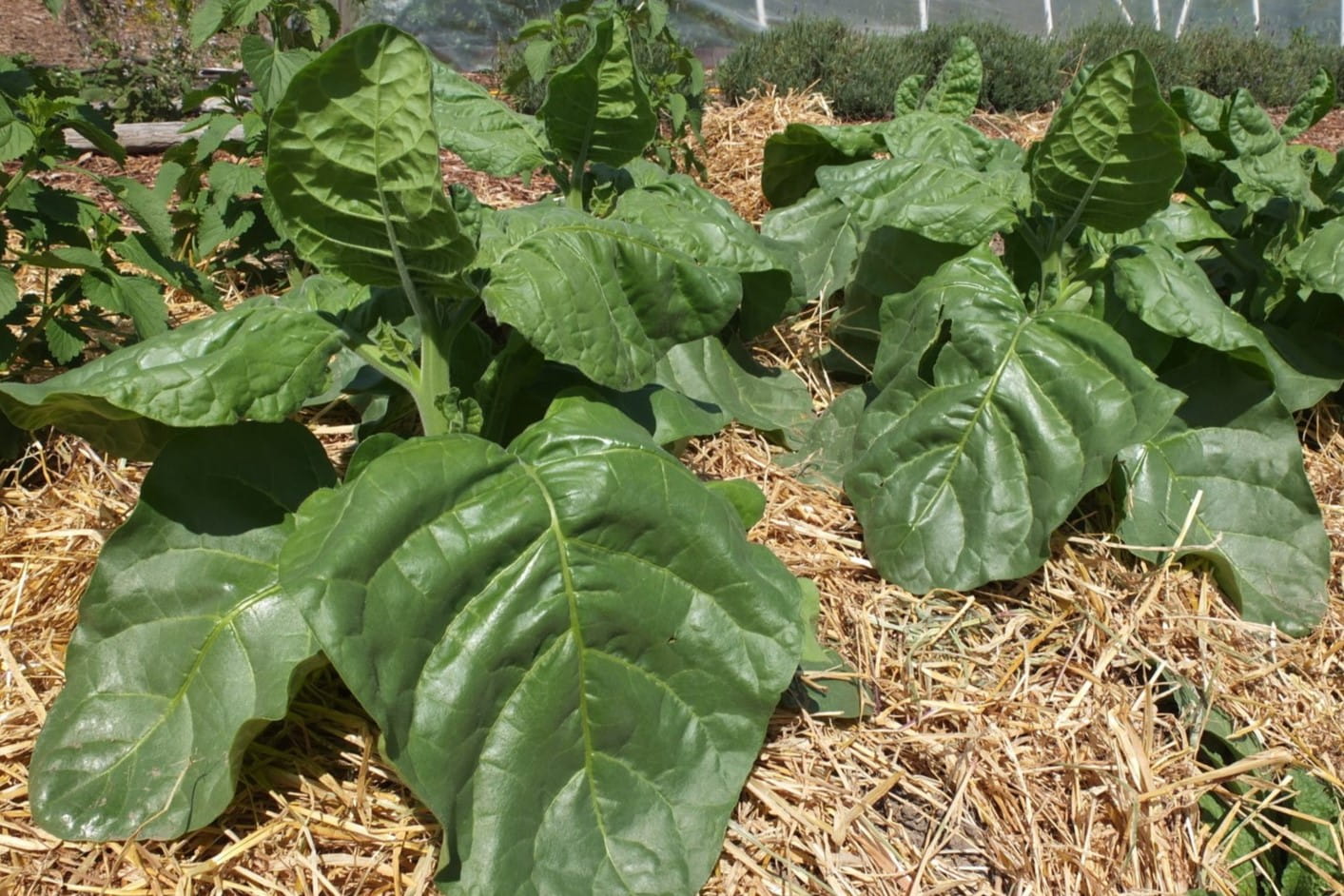
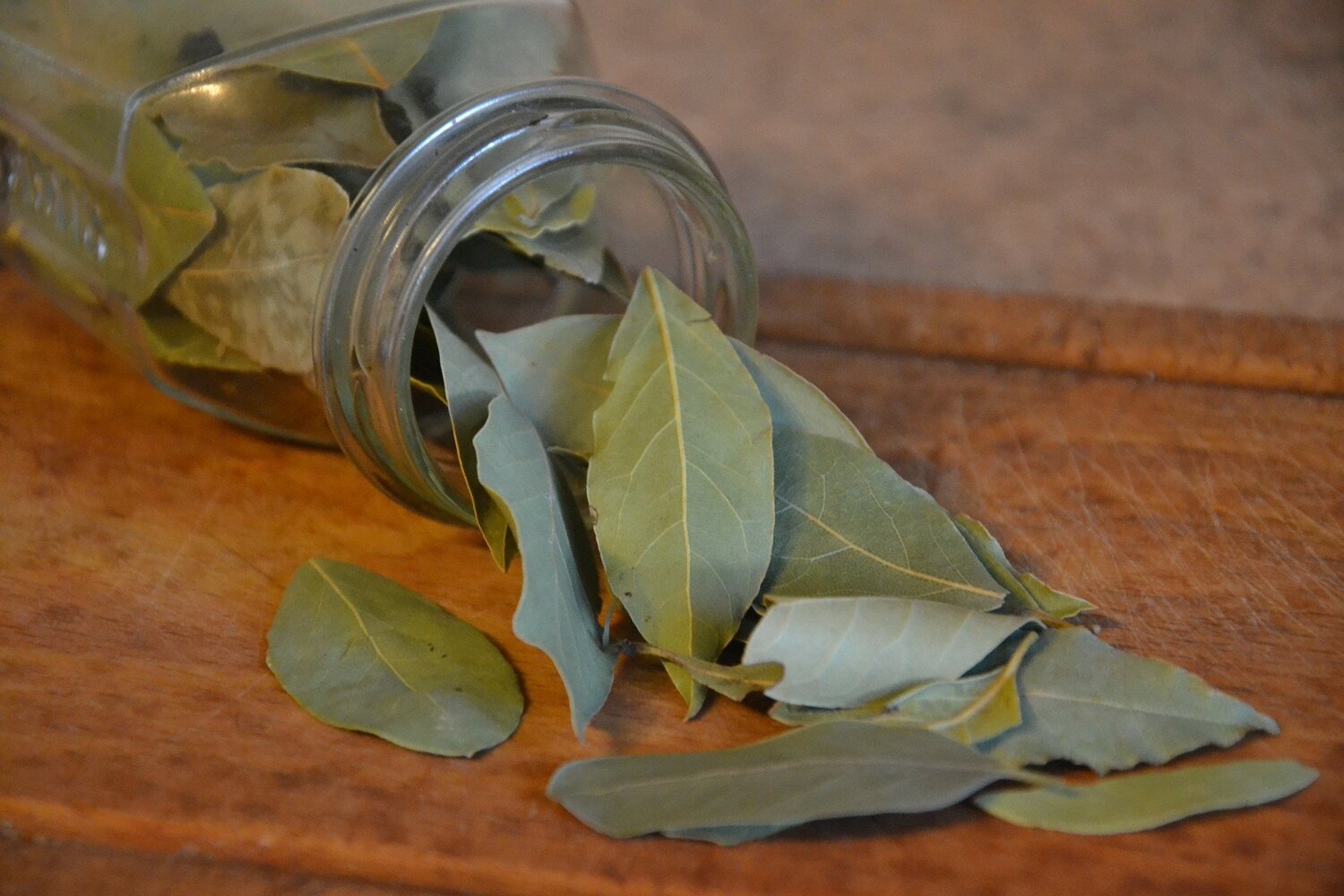

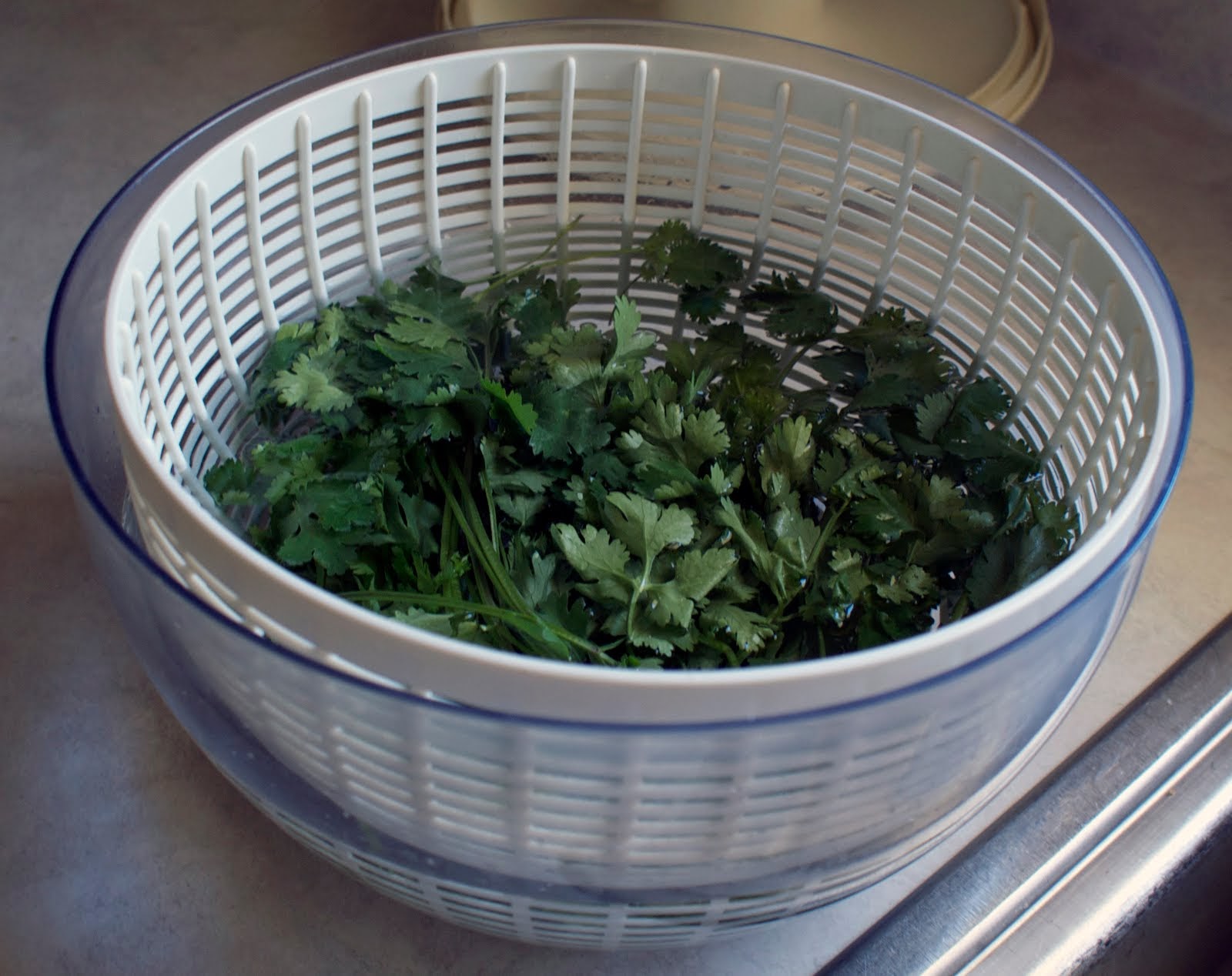
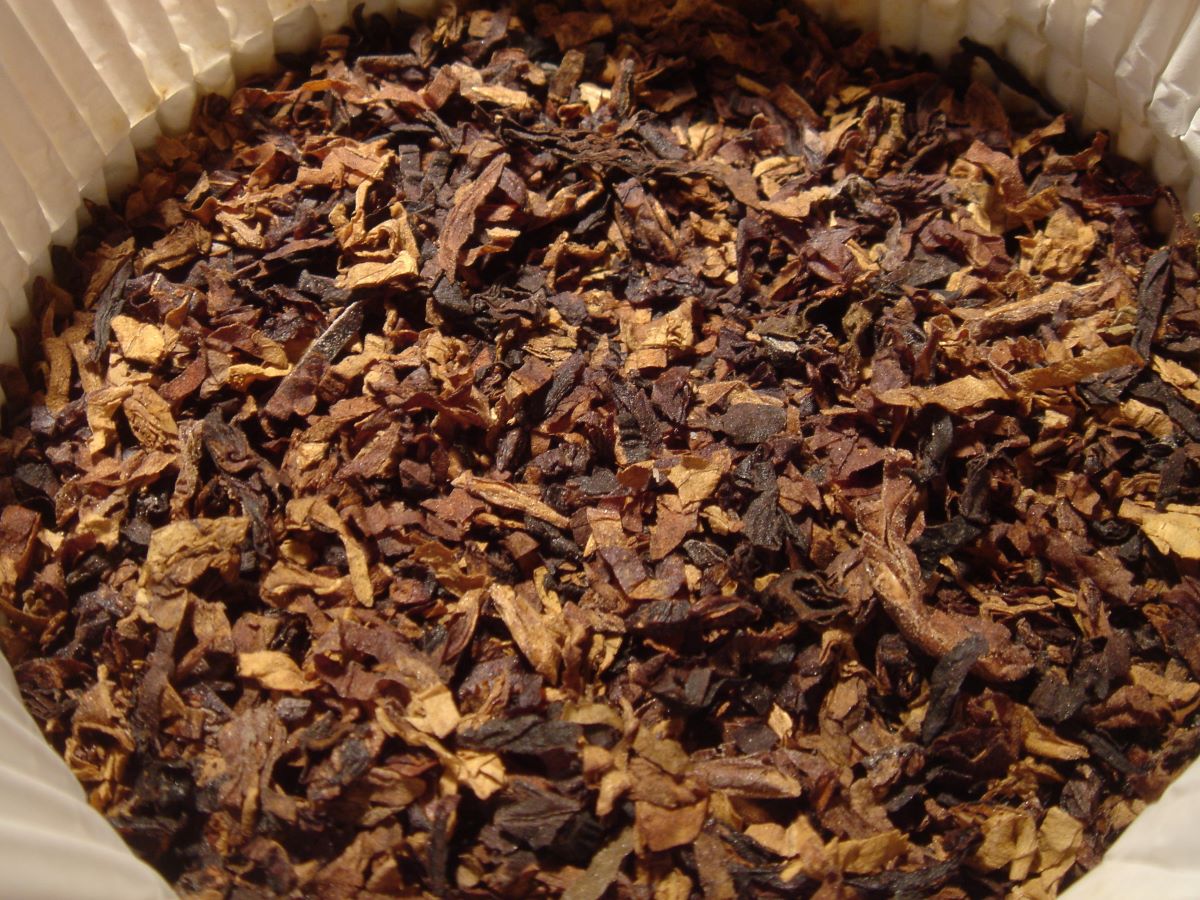
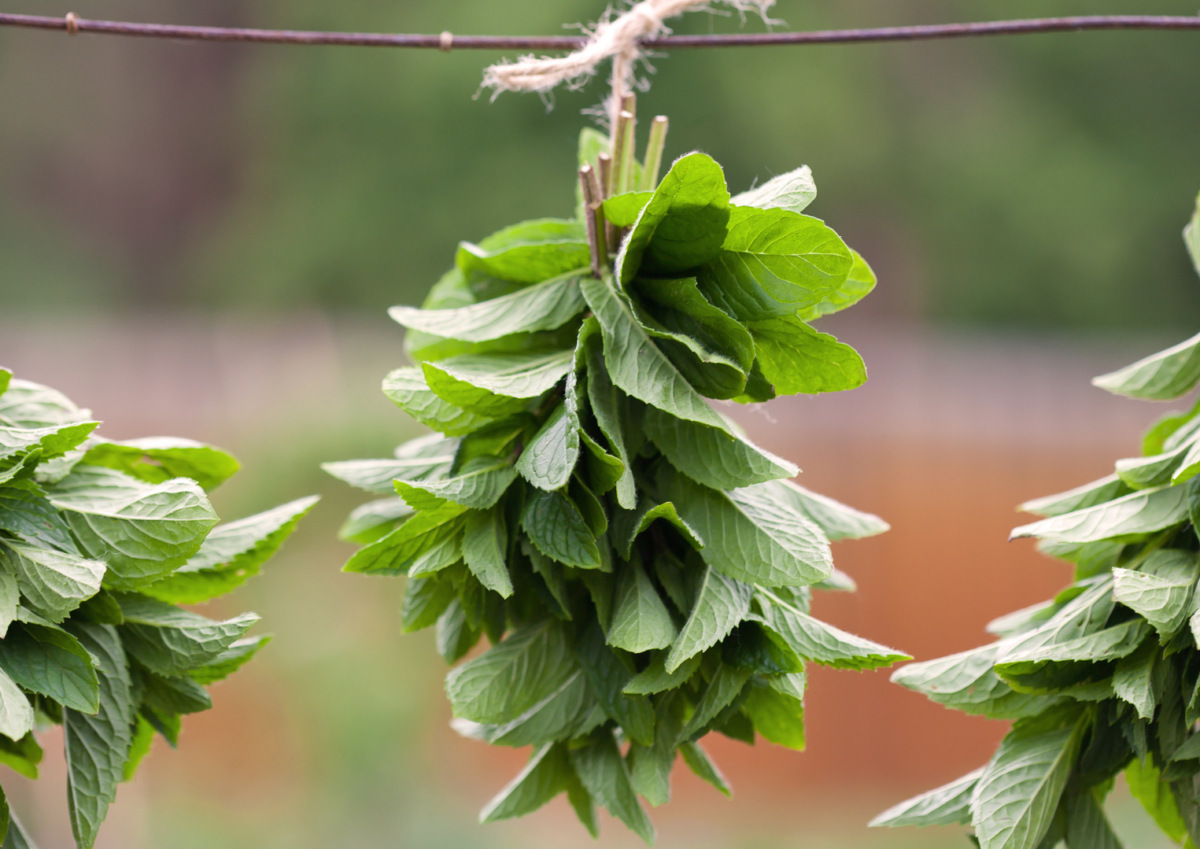
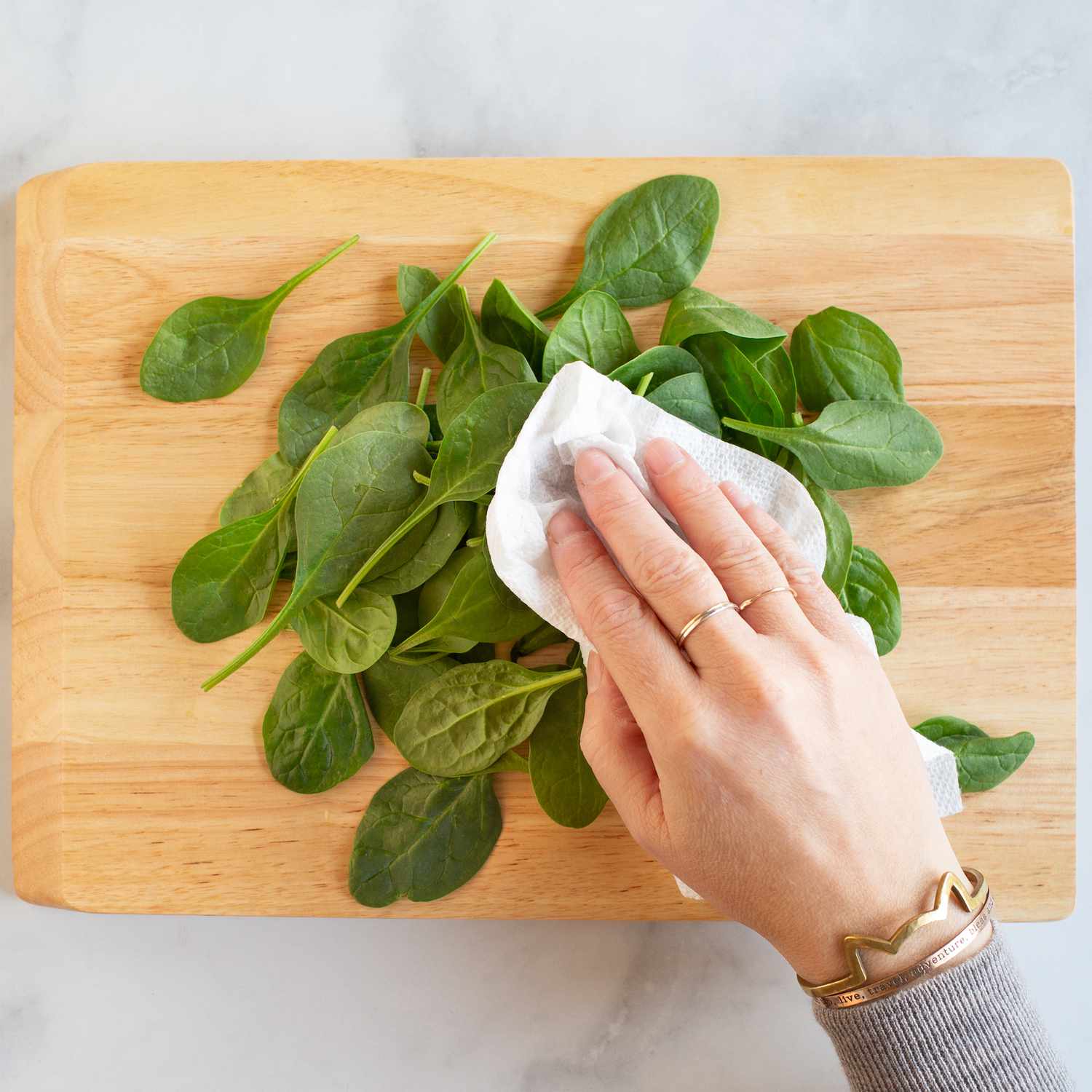
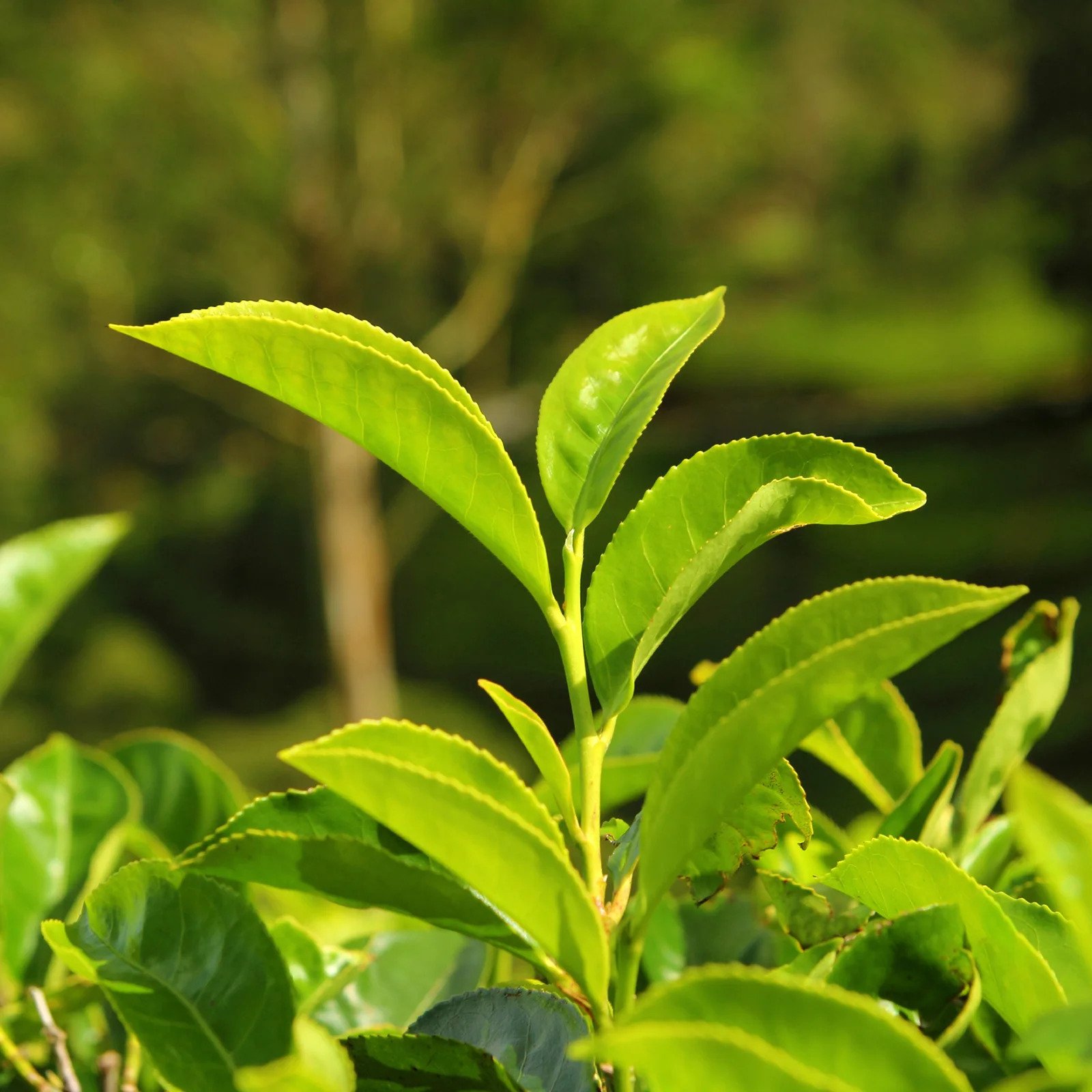
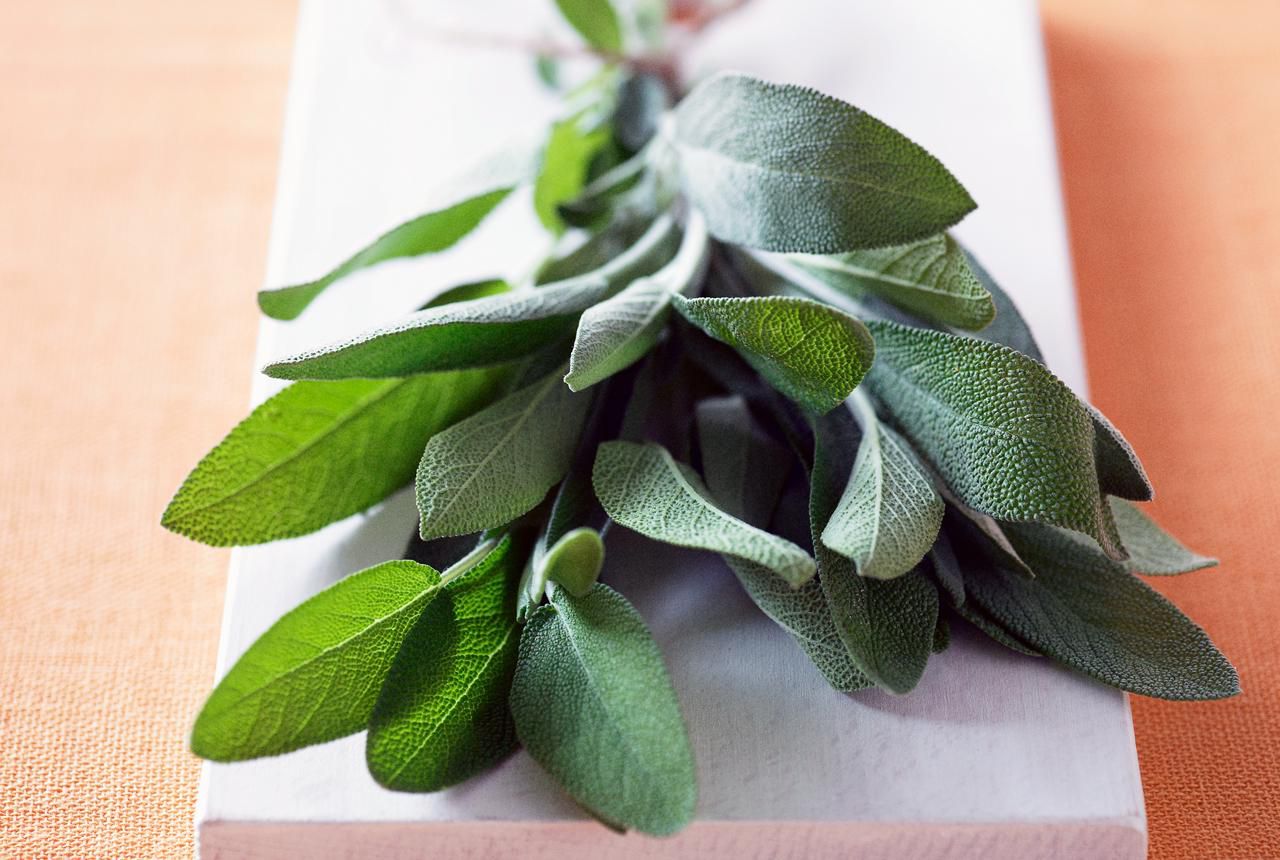
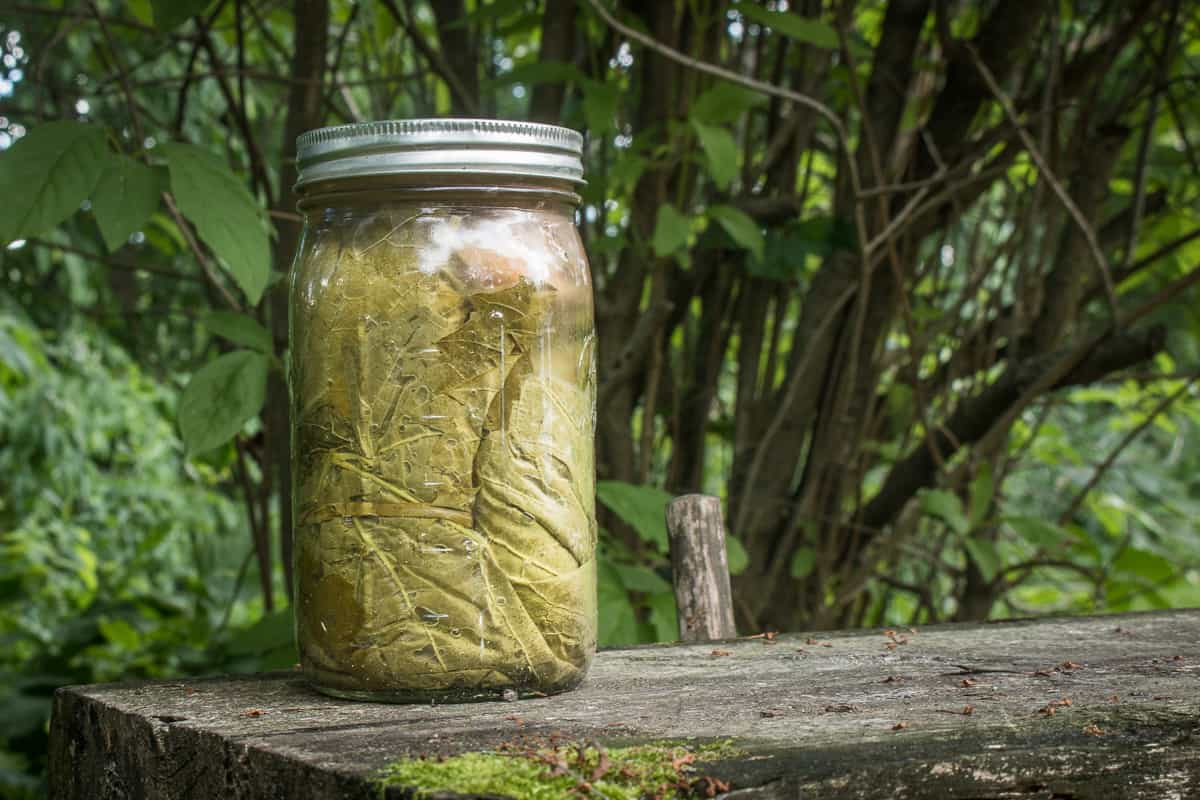
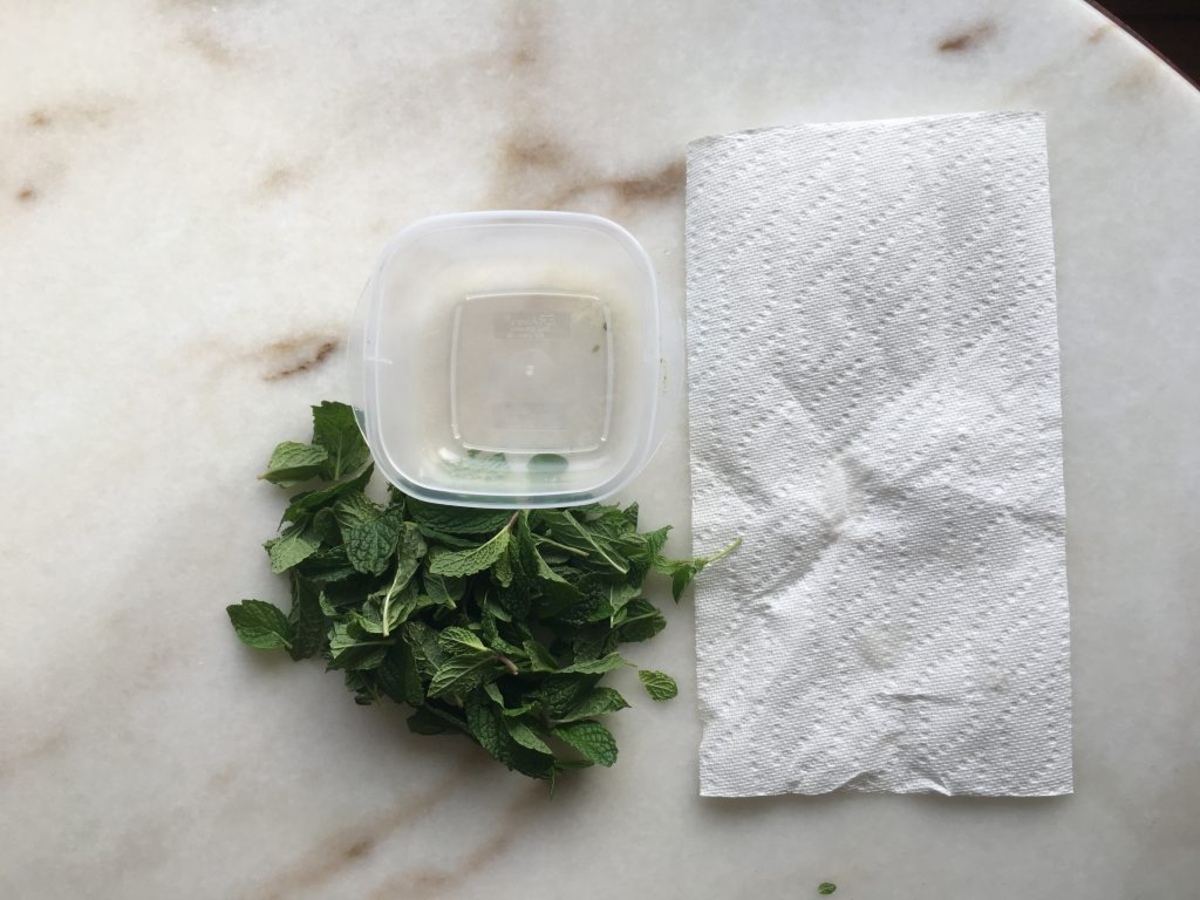
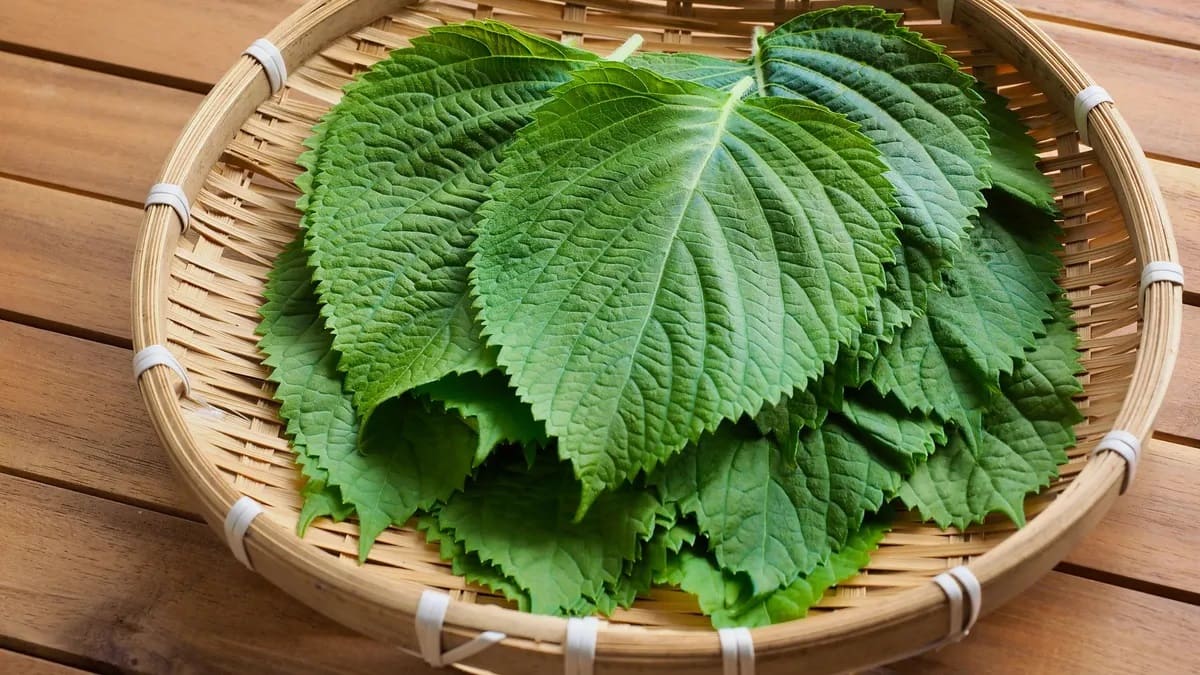

0 thoughts on “How To Store Tobacco Leaves”